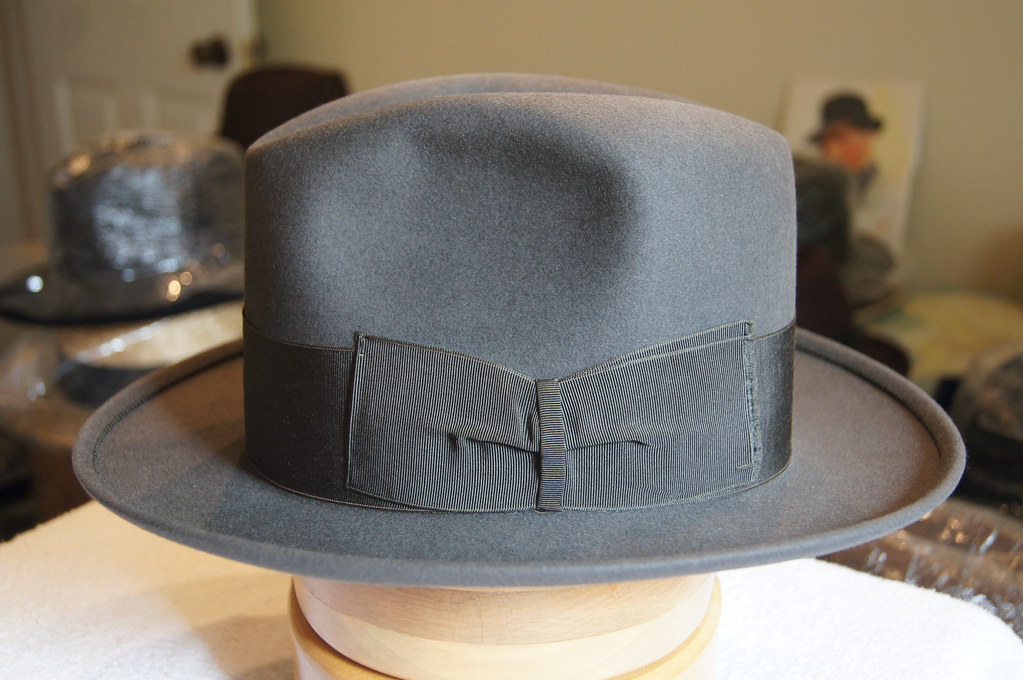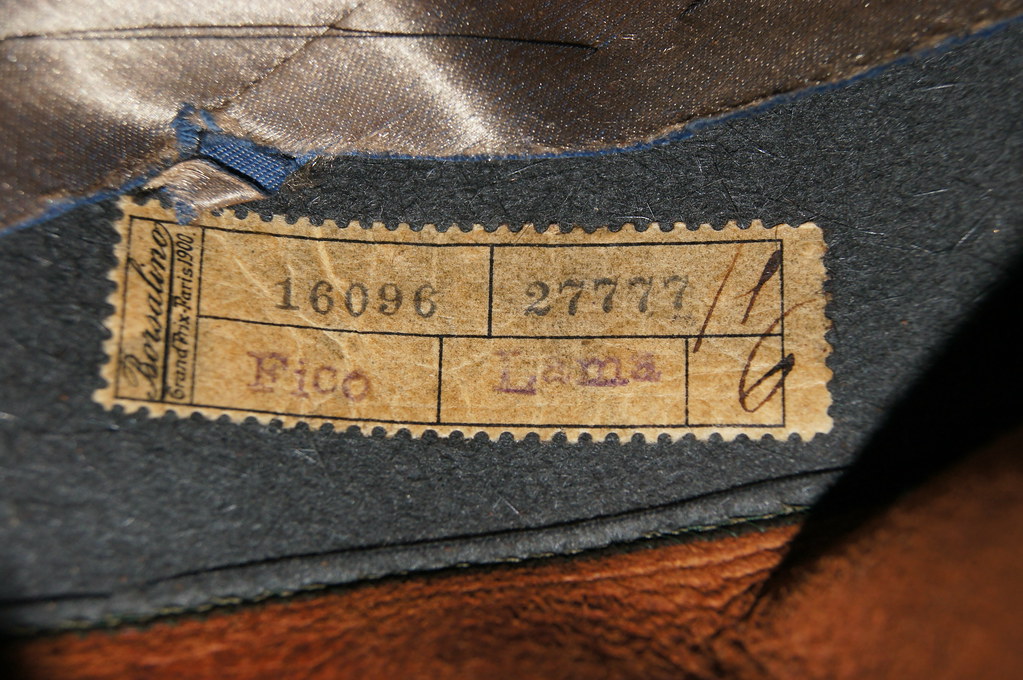Cornshucker77
Call Me a Cab
- Messages
- 2,691
- Location
- Northeast Nebraska, USA
The FL has introduced me to so many hats that I want now, it's causing a little anxiety. Too many hats not enough money!!I'd love to have a Borsa thin ribbon. Nice looking hats. I only handled one that was way too small for me at an antique mall. That was some nice felt. Guess Borsa will go on my list of "unreachables" as well.



























